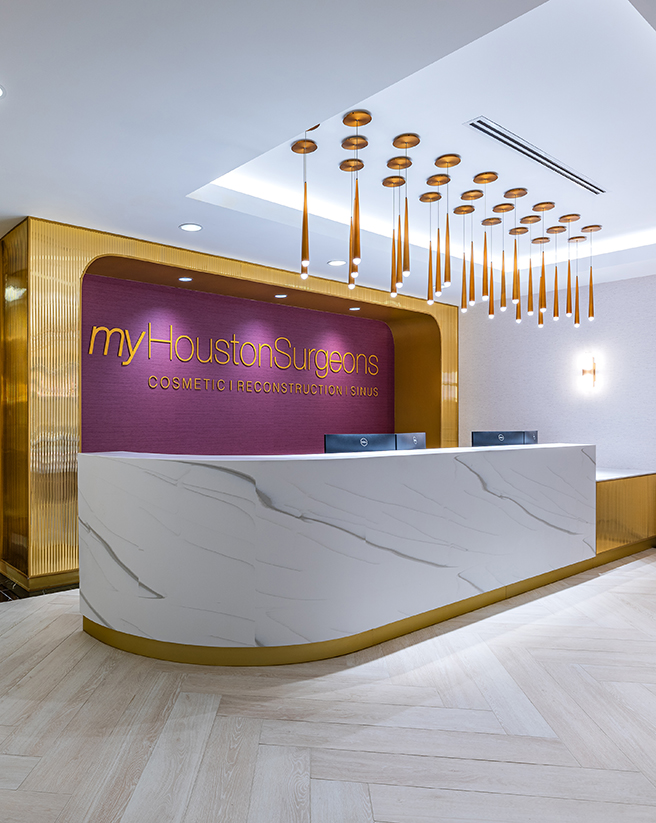DIEP Flap Breast Reconstruction Procedure
This technique utilizes the lower abdominal skin and fat to reconstruct the breast. The major benefit is that most patients who come for breast reconstruction will have extra tissue in the abdomen that can be used for breast reconstruction. The patients get a “tummy tuck,” but instead of throwing that tummy tuck tissue away, our surgeons use it for reconstruction.
Additionally, this technique leaves patients with a tighter and flatter abdomen, in addition to a natural feeling autologous breast reconstruction. Also, this breast reconstruction tends to be soft and supple though somewhat fuller, higher and “perkier” than a natural breast. The reconstruction moves none of the muscle and therefore the patients are left with almost no complications.
Integrity is Key
Integrity in DIEP flap surgery is paramount. As the popularity of the DIEP flap has become more widespread, an unfortunate side note is surgeons stating that they perform a DIEP flap when in reality, they are performing a Transverse Rectus Abdominis Muscle (TRAM) flap. During a TRAM procedure, muscle is removed from the abdomen and the patient is left with a weak spot in the abdominal musculature, resulting in a propensity for bulging and pain.
At My Houston Surgeons, all patients have access to a photograph of the flap showing that no muscle is taken. This is unique amongst other surgeons, as our surgeons can definitely, without a question, guarantee that no muscle will be taken in during this type of flap-based reconstruction.
Further excellence is noted in the fact that no rib is removed during this type of procedure. Many surgeons, when performing flap-based reconstruction, remove a section of the rib in order to attach the vessels that supply the blood to the flap. This, like the removal of the abdominal muscles, leaves the patient with long term pain and deformity of the chest. By avoiding this, patients are left with less pain and almost no long-term problems in the chest. Furthermore, if you have any questions, you can ask your surgeon more about rib removal at your consultation for DIEP flap breast reconstruction.




